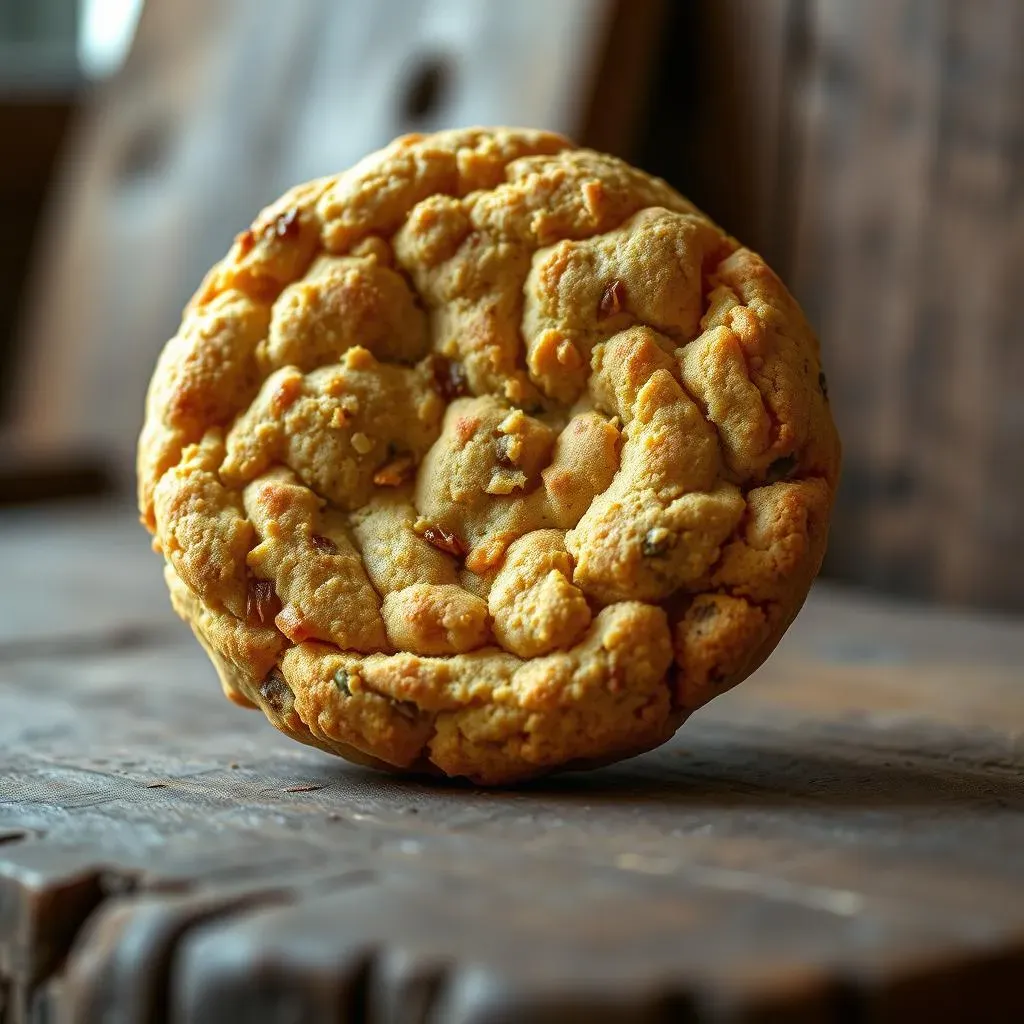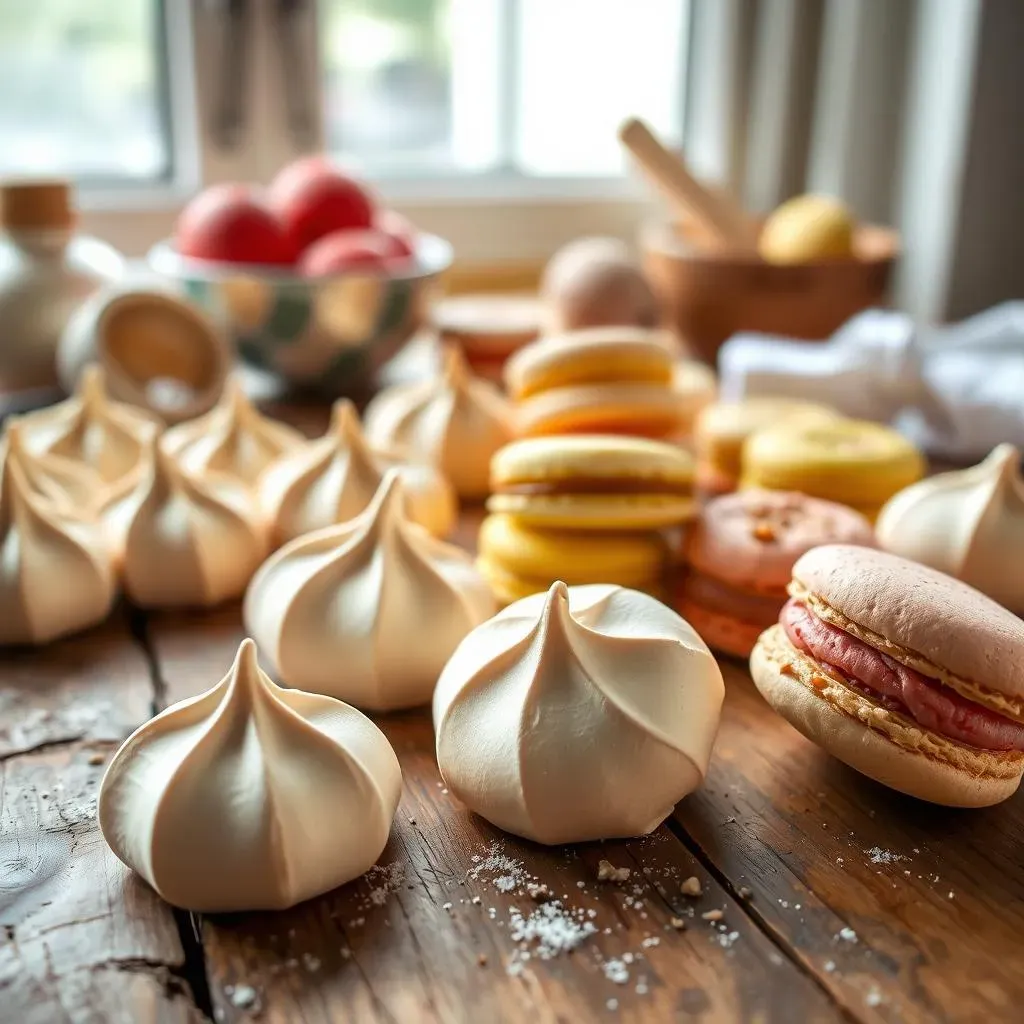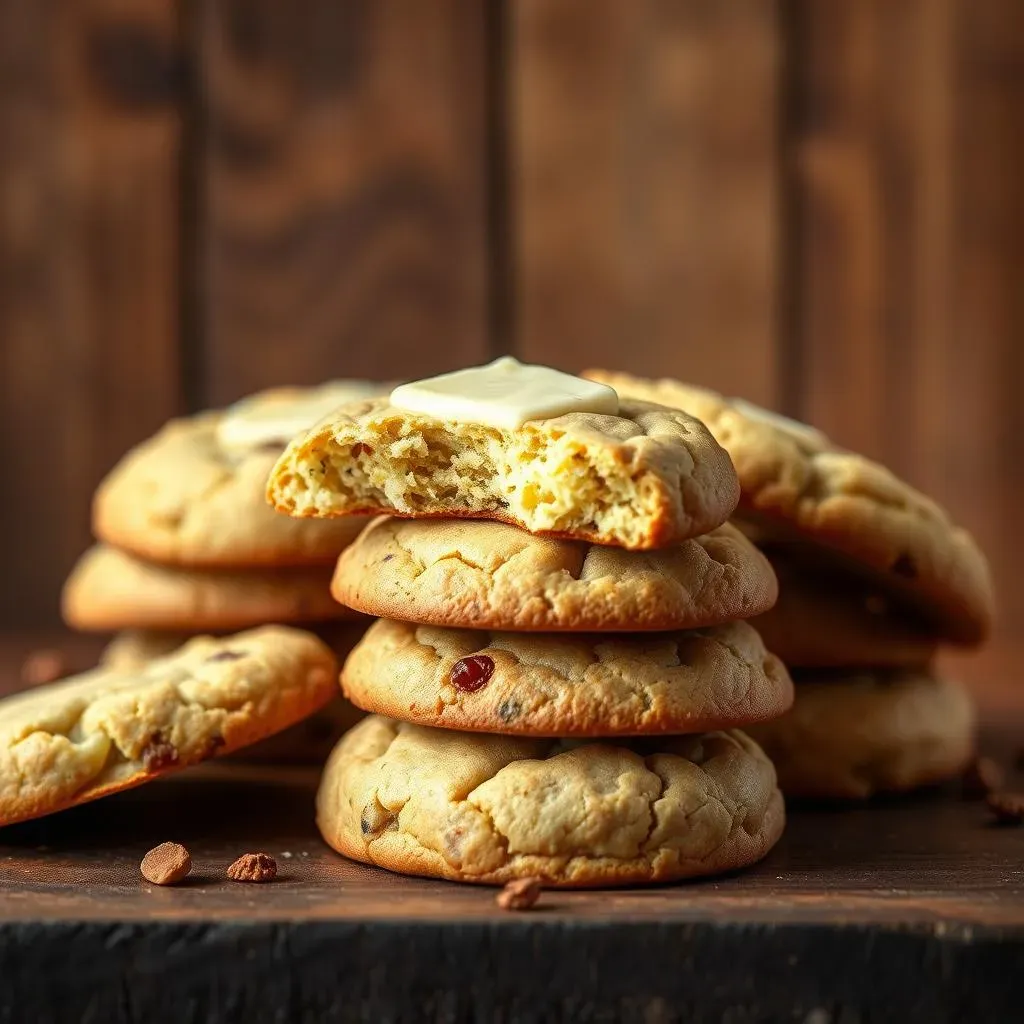Table of Contents
Love cookies, but your body doesn't love butter? I get it. Maybe fats are hard for you to digest, or maybe you're just trying to lighten things up. Whatever the reason, finding a good low fat substitute for butter in cookies can feel like a real baking challenge. Forget those heavy, greasy results you might get with some substitutes. This article isn't about settling for less; it's about finding ways to create delicious cookies that are also gentle on your system. We'll explore why some common swaps don't always work, and then we will look at some great alternatives. We will also discuss some types of cookies that are naturally lower in fat. We'll also cover some recipe tweaks so that you can still have that cookie fix without the tummy troubles. So, if you're ready to bake some amazing, low-fat cookies, let's get started.
Why Butter is a Problem and What to Do About It

Why Butter is a Problem and What to Do About It
Okay, so let's talk butter. It's the star of so many cookie recipes, right? But here's the thing: it's packed with fat, and not always the easy-to-digest kind. For some of us, that fat can be a real problem, causing digestive issues or just making us feel sluggish. And if you're watching your calorie intake, butter can also be a bit of a calorie bomb. So, the question is, how can we get that yummy cookie experience without all the butter baggage? It’s a challenge, but it’s not impossible. We need to understand what butter does in a cookie recipe before we start trying to swap it out.
Butter isn't just there for flavor; it plays a crucial role in the texture and structure of cookies. It helps make them tender, gives them a nice chew, and contributes to that golden-brown color. So, when we think about replacing it, we can't just toss in any old substitute. We need to think about how that substitute will affect the final cookie. We need to find something that will provide that same tenderness and texture without all that fat. It’s like trying to find the perfect puzzle piece. It needs to fit just right to make the picture work.
Butter's Role | Why It Can Be a Problem | What We Need to Consider |
|---|---|---|
Tenderizes | High in fat, can be hard to digest | Finding a tenderizing substitute |
Adds chewiness | High in calories | Maintaining a good texture |
Provides color | Can cause digestive discomfort | Keeping a nice color |
Exploring LowFat Cookie Options and Substitutes

Exploring LowFat Cookie Options and Substitutes
Thinking Outside the Butter Box
Okay, so we know butter is a bit of a problem. But that doesn't mean we have to give up on cookies! Instead, let's think about cookies that are naturally lower in fat. I'm talking about things like meringues, macaroons, and macarons. These are all made with egg whites and sugar, and they don't rely on butter for their structure. They are light, airy, and, when done right, absolutely delicious. It's like discovering a whole new world of cookies you never knew existed.
Another route we can take is to look at recipes specifically designed for lower fat content. There are tons of them online, from health-focused food bloggers to sites like Good Housekeeping. These recipes use different techniques and ingredients to reduce the fat without sacrificing flavor or texture. It’s like having a secret weapon in your baking arsenal. These recipes have already done the hard work for you, so you can just jump in and start baking.
Common Butter Substitutes: The Good, the Bad, and the Ugly
Now, what about some of the common butter substitutes? You might be thinking about things like applesauce, oil, or margarine. While these can work in some baked goods, they're not always the best for cookies. Applesauce, for example, can make cookies too soft and cakey. It's like trying to make a crunchy chip with mashed potatoes, it just does not work. Oils, such as olive or vegetable, can work in some recipes, but they don't always give you that same tender, chewy texture. And margarine? Well, it's often full of other things that might not be great for you either.
So, what's the solution? The key is to understand that not all fats are created equal, and the amount of fat in a recipe will also affect the outcome. We need to experiment and see what works best for our needs. It is a bit like being a scientist in the kitchen. You need to test, experiment, and observe to get the best result. Sometimes, we need to look at ingredients beyond the typical substitutes.
Substitute | Pros | Cons |
|---|---|---|
Applesauce | Adds moisture | Can make cookies too soft/cakey |
Oils (olive, vegetable) | Can work in some recipes | Doesn't always give the best texture |
Margarine | Can mimic butter | Often processed, may not be the healthiest |
Low Fat Substitute for Butter: Recipe Tweaks and Tips

Low Fat Substitute for Butter: Recipe Tweaks and Tips
The Art of Recipe Adjustment
So, you're ready to get your hands dirty and start tweaking recipes? Awesome! The first thing to remember is that baking is a bit of a science. Small changes can have a big impact. When you're reducing fat, you might need to adjust other ingredients to compensate. For instance, if you cut back on butter, you might need to add a bit more liquid to keep the dough moist. It's all about finding the right balance. Think of it like a seesaw, if you take something out, you might need to put something else in to keep things even.
Also, don't be afraid to experiment with different types of flours. Whole wheat or oat flour can add a bit of extra moisture and fiber, which can help make up for the missing fat. It's like giving your cookies a little extra boost of goodness. And remember, it's okay if your first batch isn't perfect. It's all part of the learning process. Just keep notes on what you changed and how it affected the results, so you can tweak things even more next time.
Smart Swaps and Secret Ingredients
Let's talk about some specific swaps that can work well. Instead of relying entirely on butter substitutes, consider using a combination of ingredients. For example, a little bit of yogurt or mashed banana can add moisture and tenderness without adding a lot of fat. These ingredients also bring their own unique flavors, which can make your cookies even more interesting. It's like adding a secret ingredient that no one else knows about.
Another trick is to use spices to boost flavor. Things like cinnamon, nutmeg, or ginger can add depth and warmth to your cookies, making them feel richer than they actually are. It's like adding a little magic to your baking. And don't forget about extracts! A drop of vanilla or almond extract can make a big difference in the overall taste. These little things can make a big impact.
Ingredient | Why It Works | How to Use It |
|---|---|---|
Yogurt | Adds moisture, tenderness | Use in small amounts, replace some liquid |
Mashed Banana | Adds moisture, sweetness | Use in small amounts, reduces need for extra sugar |
Spices (cinnamon, nutmeg) | Boosts flavor, adds warmth | Add to dry ingredients |
Extracts (vanilla, almond) | Enhances flavor | Add to wet ingredients |
Baking Techniques for Lower Fat Cookies
Finally, let's talk about baking techniques. How you handle your dough and how you bake your cookies can make a big difference in the final result. For example, chilling your dough before baking can help prevent it from spreading too much, which can result in a flatter, less desirable cookie. It’s like giving your cookies a little time-out before they go into the oven.
Also, pay attention to your oven temperature. Baking cookies at a slightly lower temperature for a bit longer can help them bake more evenly and prevent them from getting too crispy. It's all about finding the sweet spot. And remember, every oven is different. So, you might need to experiment a little to find what works best for you. The key is to be patient and observant. After all, baking is as much about the journey as it is about the final product.
Wrapping Up: Low-Fat Cookie Success
Baking cookies without loads of butter might seem tricky, but it's totally doable. It's not about a single magic ingredient, but more about understanding how fat works in baking and choosing the right approach. Whether you tweak a recipe, explore naturally lower-fat options, or experiment with a new substitute, remember that the goal is to enjoy the process and the delicious results. Finding the perfect low fat substitute for butter in cookies can be a bit of a journey, but with some experimentation, you'll be baking amazing cookies that are kinder to your body and taste buds. So, go ahead, get baking, and don't be afraid to try new things.
